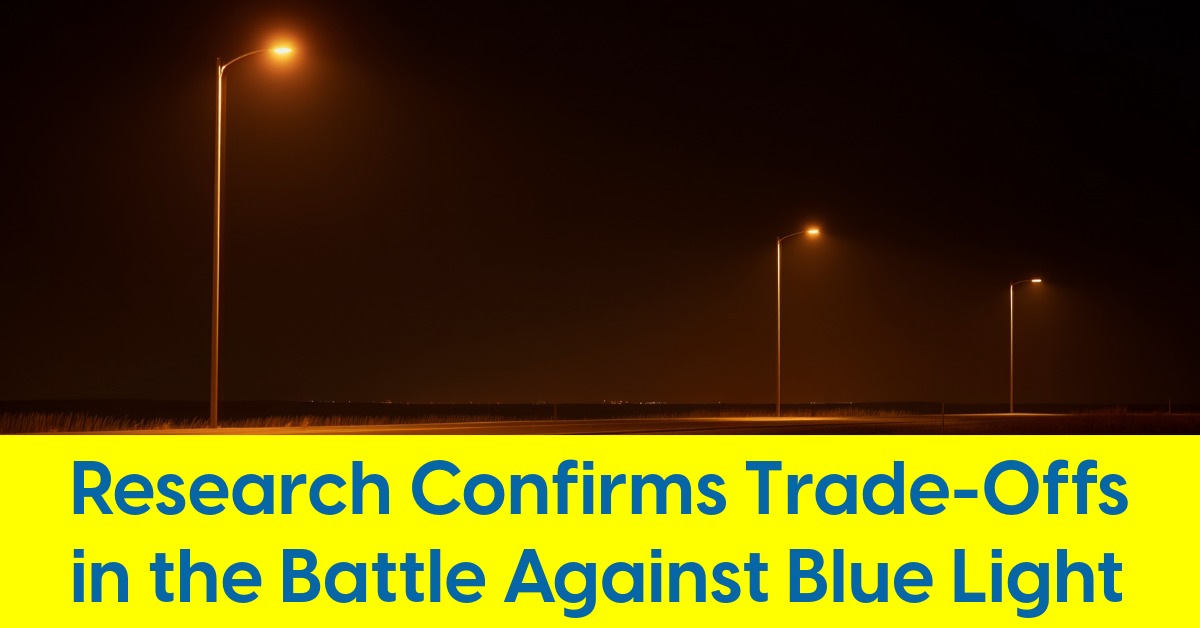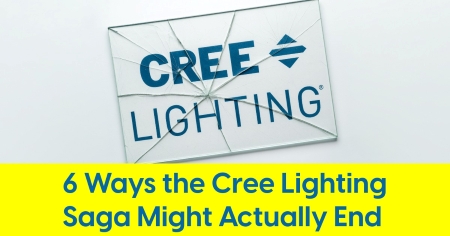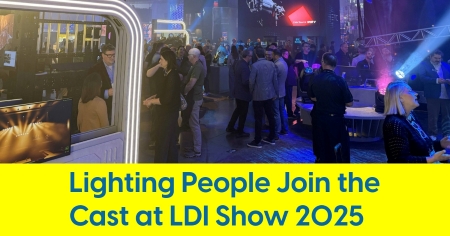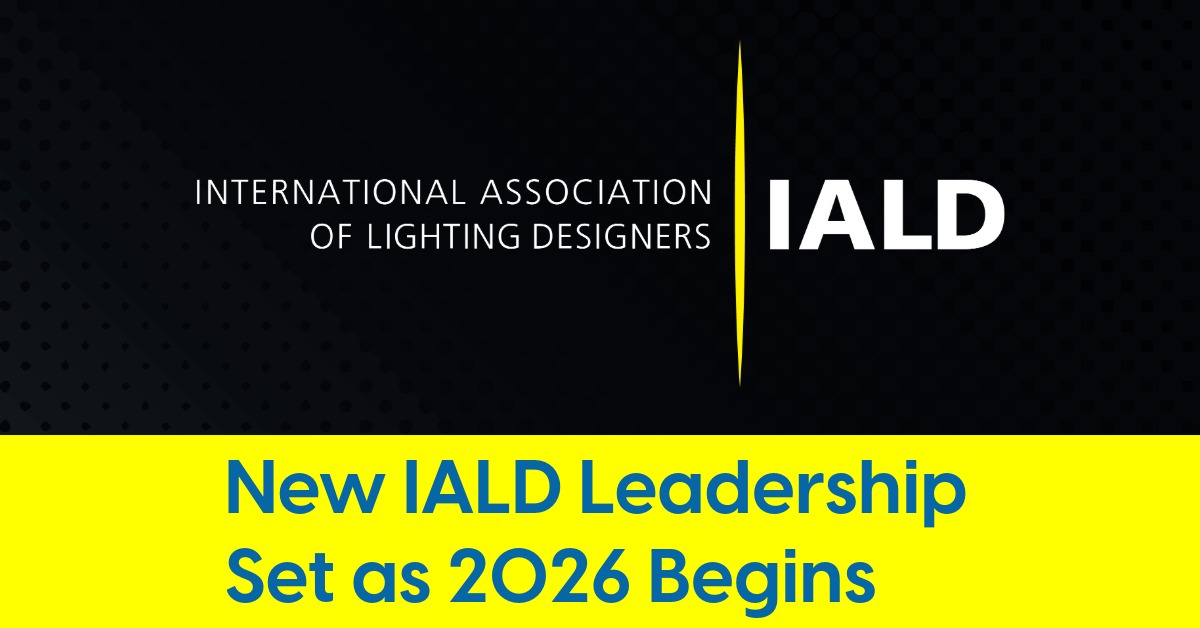November 21, 2025
Research Confirms Trade-Offs in the Battle Against Blue Light
Color rendering, brightness, and longevity vary across light pollution mitigation methods
In the escalating effort to curb outdoor light pollution, new peer-reviewed research has confirmed what many specifiers already suspected: there’s no singular solution to reducing blue light emissions in exterior lighting. The data is in — and every approach comes with trade-offs.
Published this month in LEUKOS, the study compares three prominent strategies for reducing emissions below 500 nm: phosphor-converted amber (PC-amber) LEDs, very low correlated color temperature (CCT) white LEDs, and white LEDs paired with blue-filtering secondary lenses. The research, conducted by the University of Málaga in Spain, takes a rigorous, side-by-side look at efficacy, spectral characteristics, color rendering, and long-term degradation under ultraviolet exposure.
The findings land squarely in the middle of a regulatory moment: the newly released LUNA v2.0 guidelines, which explicitly shift the burden from methods to outcomes.
PC-amber LEDs excel at minimizing blue content, effectively eliminating wavelengths below 500 nm. But that reduction comes at a cost. The study finds that PC-amber solutions “suffer in color rendering index and perceived brightness,” making them less effective for applications requiring facial recognition, visual comfort, or aesthetic coherence.
Very low CCT white LEDs — typically in the 1800–2200K range — strike a middle ground. They offer better visual clarity than amber while significantly reducing blue emissions compared to standard 3000K or 4000K white. But they’re not clean: the study shows “residual blue peaks” persist, enough to violate stricter ecological or dark-sky codes.
Meanwhile, the third strategy — blue-filtered secondary lenses — initially looks promising. Filters applied to standard white LEDs reduce short-wavelength emissions while preserving light output and acceptable color rendering. However, the study’s degradation analysis warns that these filters “show measurable loss of filtering performance under prolonged UV exposure,” particularly in environments with high solar radiation.
Intertwining LUNA v2.0
Coinciding with the study’s release, the DesignLights Consortium published its LUNA v2.0 Technical Requirements on November 3. The document reinforces the research’s core message: compliance is about outcomes, not preferred technologies.
LUNA v2.0 states plainly: “Manufacturers may use any means necessary to reduce emission below 500 nm and limit uplight…”
That phrasing signals a philosophical shift. The DLC is not prescribing how to limit blue light — only that it must be measurably limited. This opens the door to more nuanced design strategies, but it also demands greater scrutiny from specifiers, municipal engineers, and other lighting decision makers.
The implications are clear: specifiers must weigh not only spectral compliance, but also efficacy, longevity, and contextual needs like visibility and landscape integration. As the researchers note in their conclusion, selection should be based on a “comprehensive understanding of both initial performance and long-term durability”.
The Weight of Choice
For cities facing growing pressure from environmental regulations, wildlife protections, and dark-sky advocates, the flexibility LUNA allows may be both a relief and a burden. There is no longer a singular “right” approach — only informed trade-offs and well-documented decisions.
That’s especially true in places like Florida, California, or coastal British Columbia, where filtered fixtures may degrade faster under sunlight. Or in legacy urban centers where PC-amber’s visual drawbacks may create public backlash. The tools are here, but their effective use depends entirely on those making the calls.
The lighting community has the science. It has the policy framework. Now it has to decide how much light, how much blue, and how much risk it can live with.










